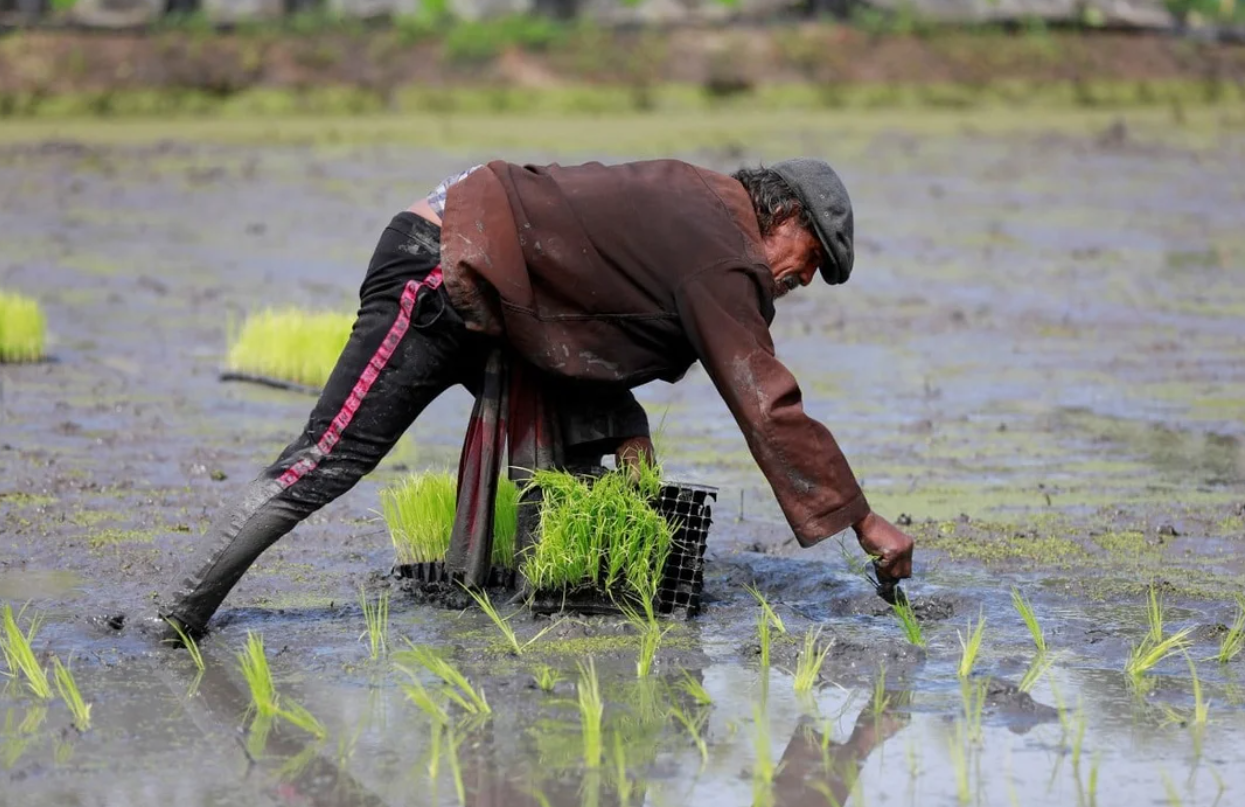How Asia can invest in averting a food crisis caused by climate change. Climate change is expected to spark greater food insecurity in Asia. But regional markets do not seem to be incorporating this risk.
The focus should be on increasing the affordability and scalability of solutions. Such as enzymes to boost soil health and adopting perennial rice crops.
After COVID-19 disruptions resulted in increasing concerns about manufacturing supply chain vulnerabilities, Russia’s invasion of Ukraine prompted markets to adopt a laser-like focus on energy costs and their implications for industry. Yet, markets’ focus on disrupted and costlier industrial energy has left a far more worrying prospect largely forgotten: food shortages.
Food security, defined as the accessibility of adequate nutrition at affordable prices, is a major global challenge. The obvious reason is that everyone needs food. In 2020, between 720 million and 811 million people worldwide will suffer from hunger. Roughly 161 million more than in 2019.
How Asia can invest in averting a food crisis caused by climate change
In recent years, food production has faced several obstacles that suggest a risk of scarcity. This is translating into higher prices, if not famine, in certain parts of the world. The main reason behind this is climate change. As we have seen in how the heatwaves in India and China in mid-2022 affected key rice-growing regions. Subsequent rains caused flooding in parts of the world, which damaged crops in India and Thailand.
The impact of climate change is expected to cause fluctuations in crop production, food supplies, and market prices, sparking greater food insecurity in the region, yet it seems that Asian markets have not been incorporating this long-term risk.
By our calculations, Asia has stockpiles of rice to cover five months of consumption, with China dominating two-thirds of the region’s total inventory. Equally important, China’s increasing emphasis on domestic food security and self-sufficiency in grain production suggests stocks are unlikely to be shared with neighbors if a poor harvest occurs.
This, in turn, could cascade through regional food supply networks if other economies opt to implement similar export restrictions to ensure domestic supply.
Read more at scmp.com
Photo: scmp.com


Leave a Reply